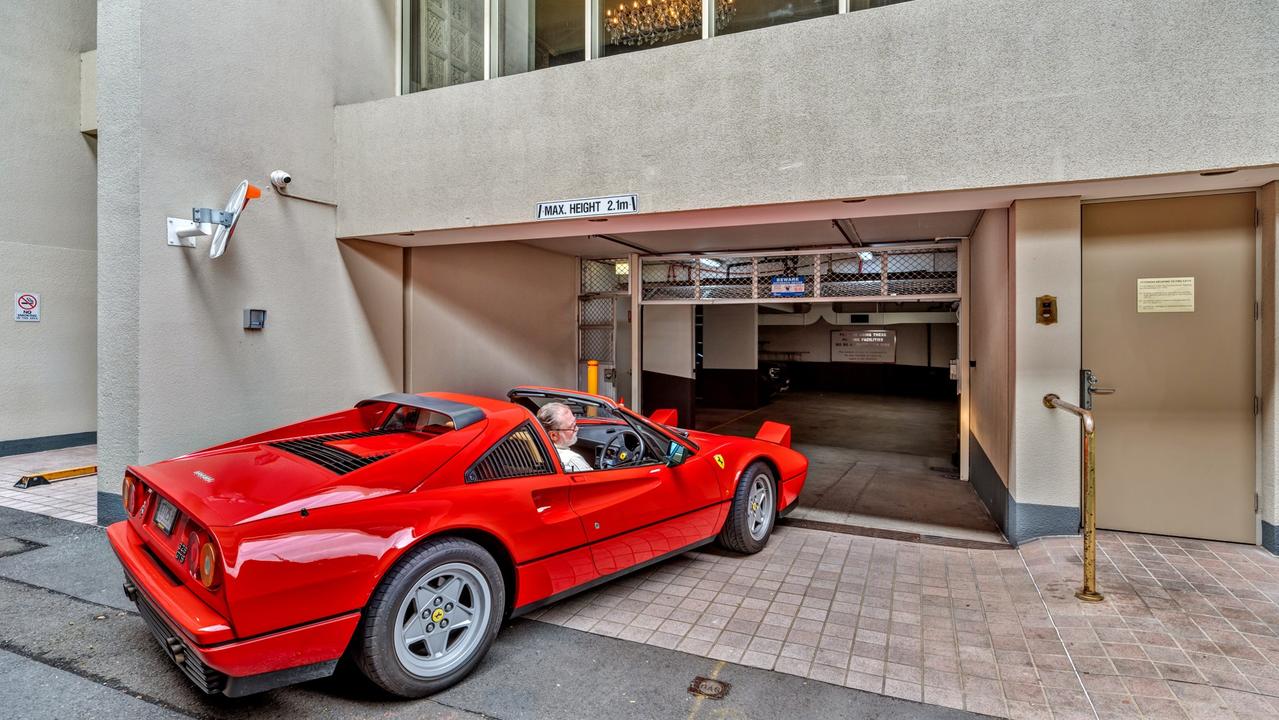Canberra family’s dream $1.8m house in Reid to be demolished
Canberra man Dean Papas paid $1.8m for his dream family home - only to discover after a total renovation that it has to be knocked down.
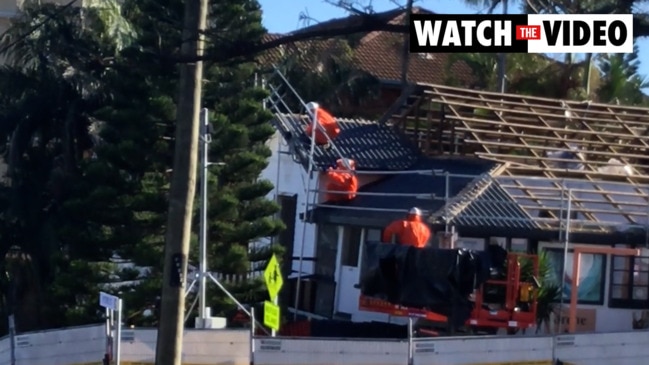
A Canberra family is “gutted” that their $1.8 million forever home is set to be demolished after a horror find made the place unliveable.
Dean Papas and his wife sold their house in Curtin earlier this year and quickly realised demand in the property market was “crazy”.
It forced them to look further afield and at more “quirky” offerings when they came across a heritage house in the suburb of Reid, which Mr Pappas said was in poor condition with structural cracking and other issues related to being largely untouched since the 1970s.
When they scored the 1927-built property at auction in May, beating five other bidders, Mr Papas said it was a “dream” come true.
He and his pregnant wife were hoping to move in with their 18-month-old son, giving their growing family a new home.
“My wife and I have grown up in Canberra and our whole lives have been spent here so buying a piece of Canberra heritage, especially as a builder for me was an absolute dream,” he told news.com.au.
“It was a really cool thing to be able to a be a part of as I’ve always been into heritage properties and worked on a number of heritage properties … Especially in Canberra up until recently we haven’t had a history or culture to us and I feel like we do now and to be able to be a part of it and put own our touch on it, it’s cool project to do.”
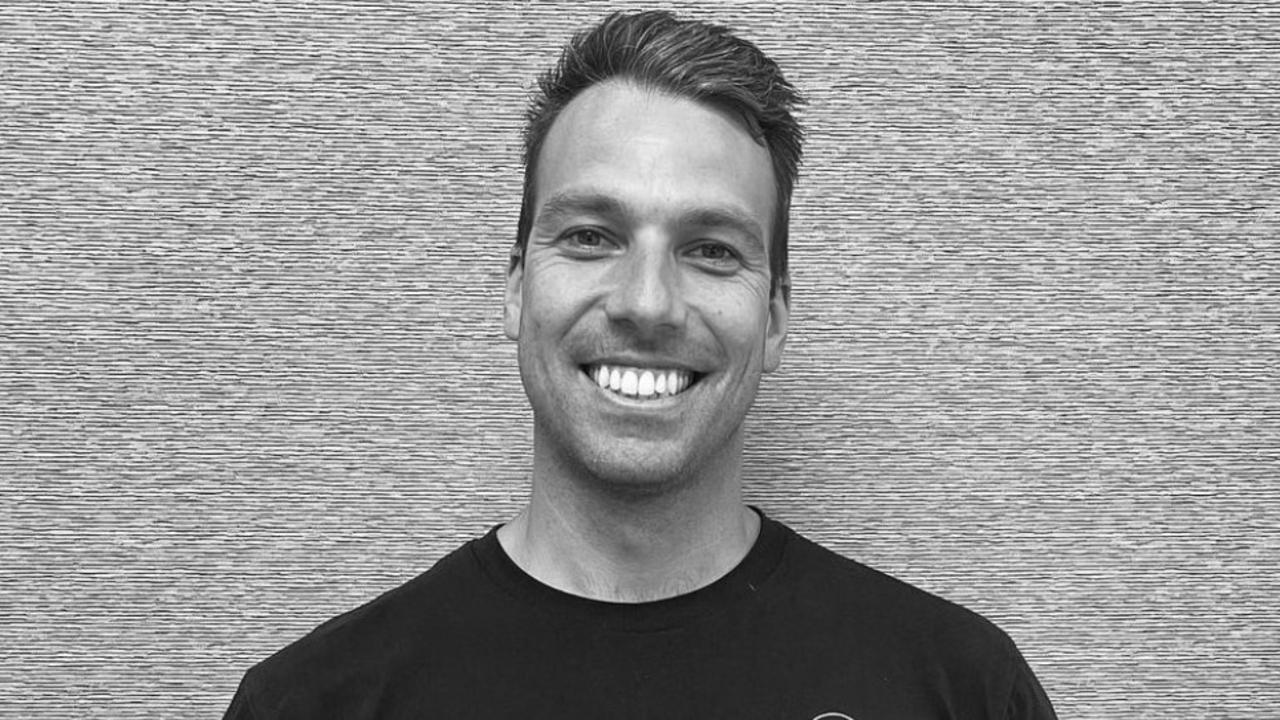
The property settled on a Friday earlier this year and Mr Papas had teams of tradies in the property by the Saturday.
“We renovated the whole property internally and externally, cleared out the garden and replanted, fixed the facade, repaired cracks, fixed the storm water drainage, replaced airconditioning units, while the plumbing and electrical was not too bad,” he explained.
“We redid the floors, carpets and painted the whole house and we redid the kitchen and laundry. It was a pretty extensive renovation, we had at least 10 people there every single day to work there across the week and weekends.
“We had sold our house so had to move out of the house and had to live with my parents at the time. My wife was heavily pregnant and we already had a one and half year old, so I was taking a lot of time out of my schedule from work and things were hectic.”
Being a builder Mr Papas was lucky that a job that should have taken three months was completed in just seven weeks and the family moved in, thrilled to be unpacking and settling in.
But they had run out of time to install a ceiling fan in the main bathroom so when the family was already living in the place, a tradie came in to finish it off.
The electrician climbed into the ceiling to check part of the work, peeling away yellow insulation to uncover a horror find — there was asbestos fibres, a deadly material where exposure can cause of mesothelioma, an incurable form of cancer.
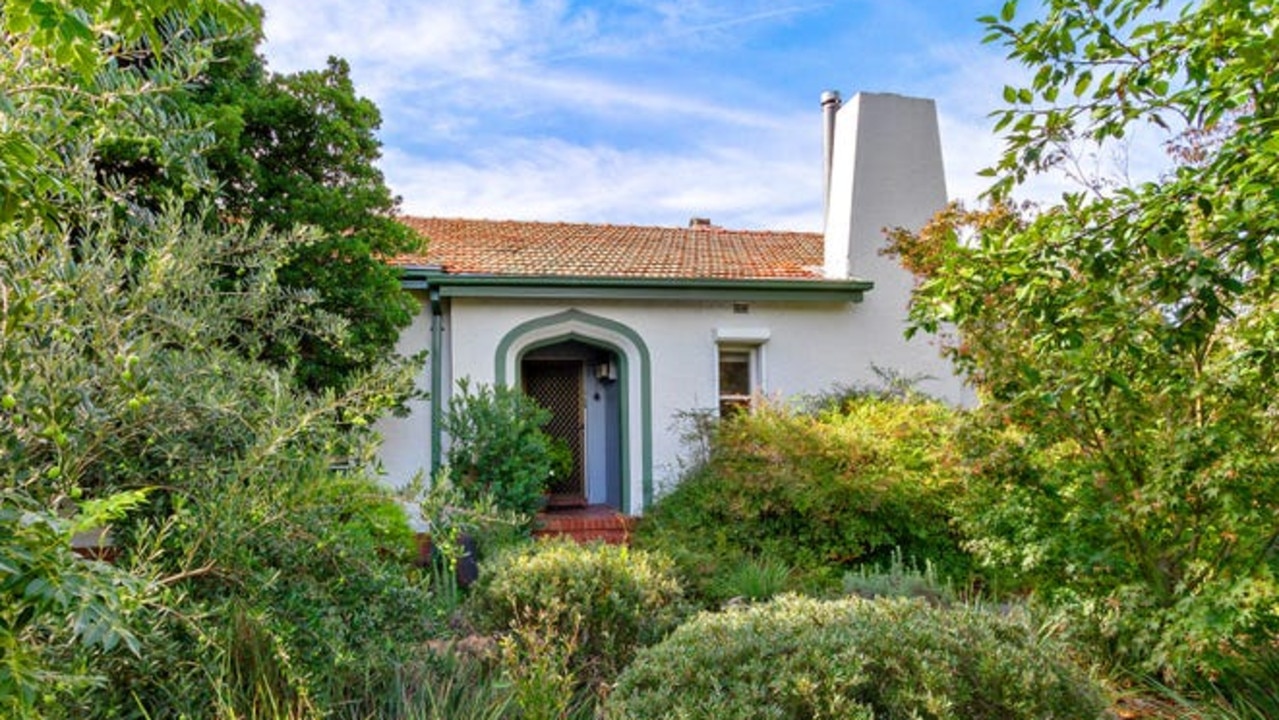
He immediately called Mr Papas who was driving home from work, but with the builder having been trained in spotting asbestos he was sure it was a mistake, and asked for photos.
“I saw the photo and I just felt sick straight away. I think I even stopped breathing for a moment. I couldn’t believe what I was seeing,” he said.
Urgent testing the next day confirmed Mr Papas worst fears.
“It was really scary as a builder I understood what the situation was and now there was asbestos in the ceiling cavity. I thought we didn’t cut many holes in the cavity but I was backtracking looking at photos and videos trying to piece together and work out how much exposure there could have been,” he said.
He emailed the ACT Asbestos Response Taskforce, who immediately came out and took photos and samples.
Then as Canberra entered lockdown as the Delta strain spread, the family got the call to tell them asbestos was definitely in the ceiling, but wasn’t found in the main part of the house meaning they could bunker down there temporarily.
“I don’t think I even slept that night when we first found out. I spent the whole time online researching and trying to work out what would happen and trying to pre-empt things,” he said. “It was a really terrifying time, the first two to three weeks sitting in limbo in a house in lockdown and not knowing if the house was clean or fine and I had an 18-month-old running around touching every surface and getting into very cupboard, so it wasn’t a comfortable place to be.”
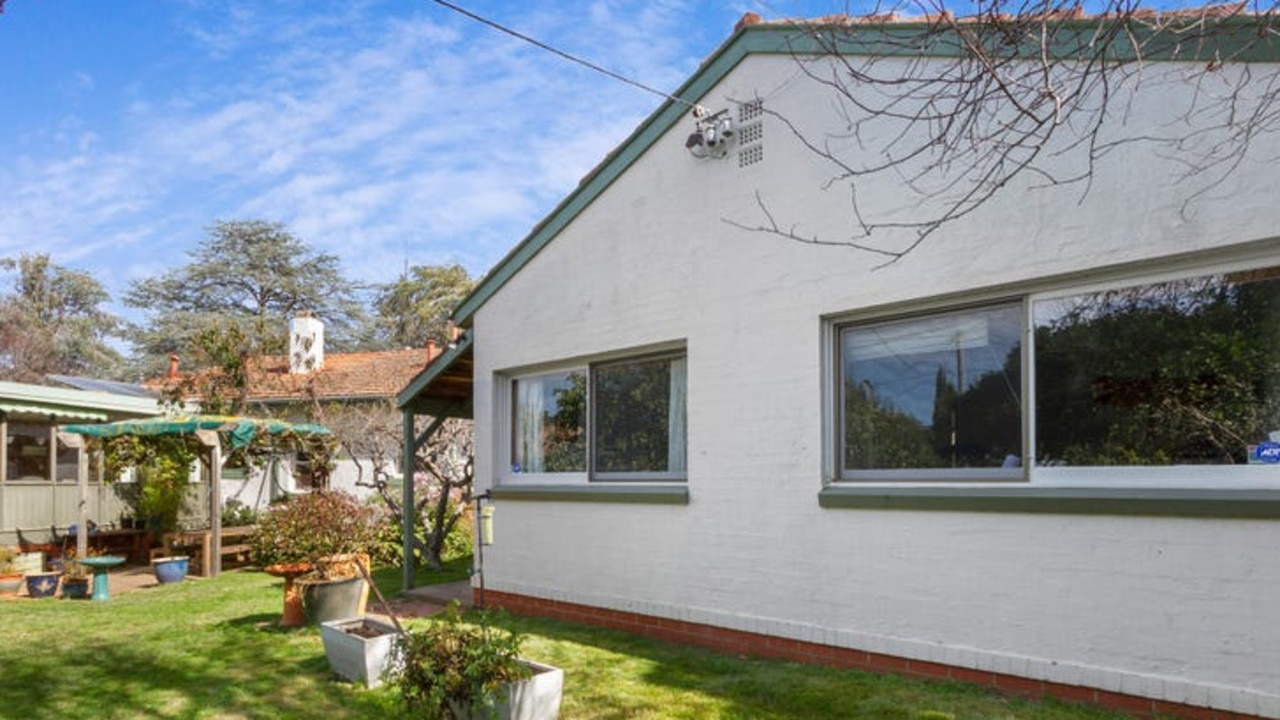
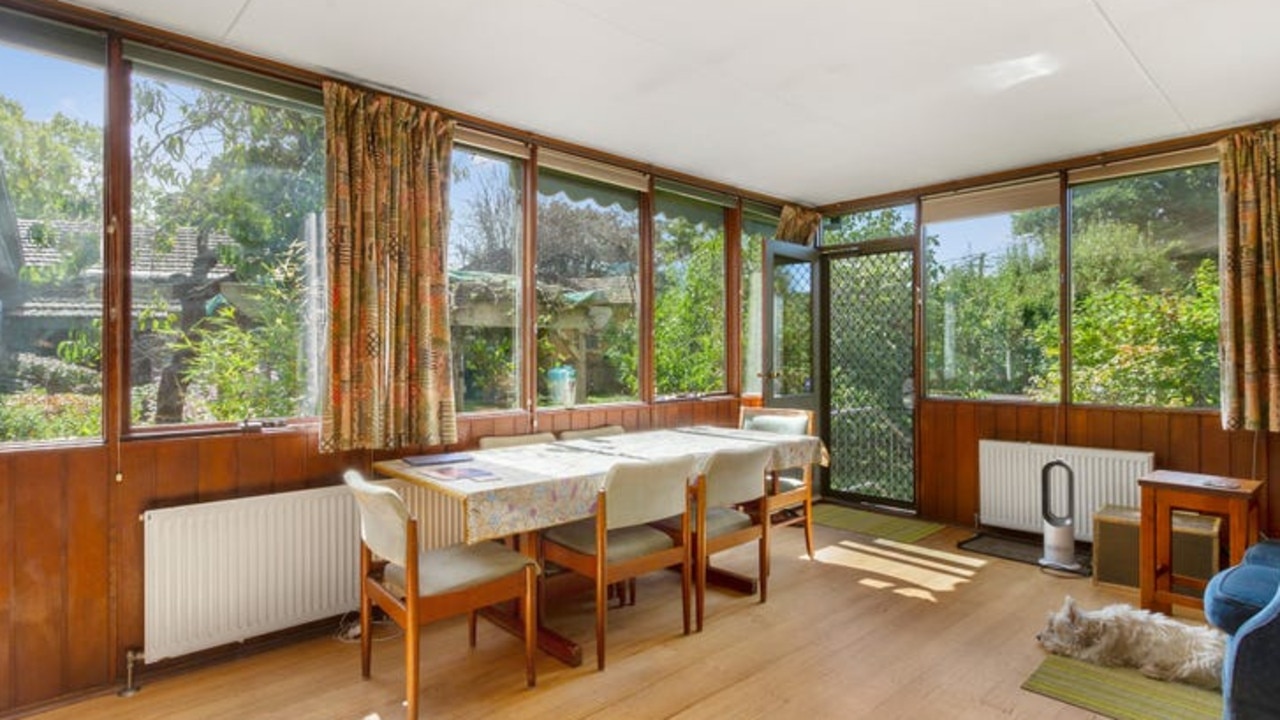
The family had fallen victim to a widespread contamination scandal from a business called Mr Fluffy, the name used for Dirk Jansen’s business, which blew loose asbestos fibres into Canberra homes between 1968 and 1979.
However, no records were kept of which or how many homes were impacted and despite a program being launched to rectify the homes tainted by Mr Fluffy asbestos, three decades later it’s clear some have still been missed.
There were 65,000 homes inspected in Canberra at the time, according to the ACT Asbestos Taskforce Response as part of the removal program, but 1000 were poorly cleaned or missed.
A $1 billion scheme launched by the ACT government in 2014 has since identified six homes impacted by Mr Fluffy asbestos.
Mr Papas is sure he has been exposed to the asbestos, as he remembers replacing down lights and fibres falling in his hair on his face, while his mate was right next to him vacuuming them up.
He said all the tradespeople who worked on the home would have been exposed as well.
“The scary thing with testing asbestos is you have to see it to test it, but it doesn’t have to be visible to be harmful,” he said.
“We had painted the house and had new floors and we had touched every surface.”
While Mr Papas only has praise for the asbestos taskforce, he said it was a terrifying time as they wondered what would happen legally and financially, knowing they could only stay in the property for a short amount of time.
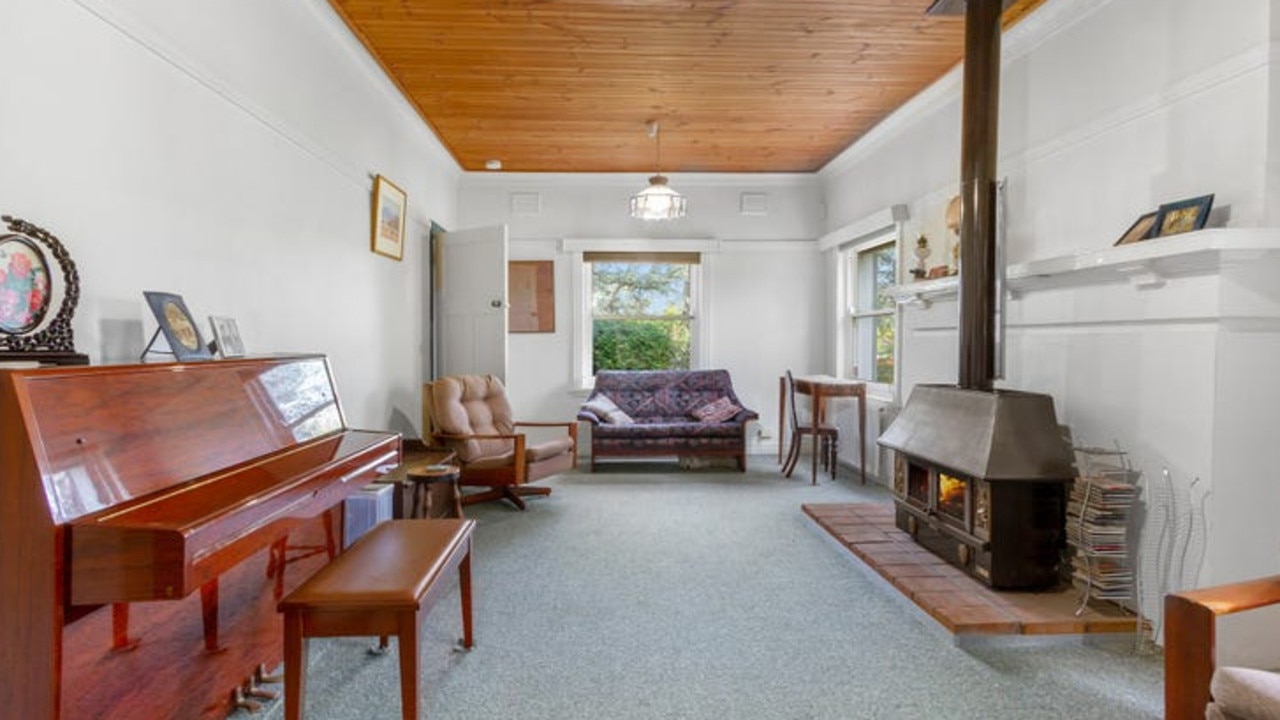
This also thrust them into Canberra’s fiercely competitive rental market. They initially rented a place sight unseen, having just viewed it via video due to the lockdown, but when they went to move in they discovered it was entirely inappropriate for a family.
They cancelled the lease instantly and lost four weeks worth of rent.
The desperate family said it was “very difficult” being knocked back on a couple of other rental properties, so they were forced to “pay money upfront and a bunch of other things to get ahead of the game” to secure a place.
Mr Papas said they were lucky to find owners who were sympathetic to their situation too.
“I kept eye on market the after the fact and I honestly don’t know what we would have gotten and I think we would have struggled to get something,” he said.
“For price for what we are paying is 20 to 30 per cent higher than 12 months ago and the amount of rent we are paying is more than mortgage repayments for our house.”
Mr Papas is speaking out as he wants to raise awareness about the Mr Fluffy issue and is calling for changes to be made.
He wants to see mandatory testing of asbestos properties built prior to the 1980s at the point of sale, just like a building inspection, paid for by the purchaser and kept on a register in perpetuity.
“It guarantees people will never be in the position we were in and trades won’t be in that position. At the moment the fallback is builders and tradies have to pick up asbestos in what they are doing. In that process we are exposing ourselves and our people and that's not a sustainable approach to what we know is an issue in Canberra,” he explained.
“We need to mandate the rule and over the next how ever many years, the pre 1980s properties that exchange sales will require that asbestos report and eventually we will start getting a database and will know what is affected.
“I guarantee there will be a spike in Mr Fluffy properties — I’m not a betting man but I would put money on it that there are properties that people don’t know about.
“I’m a builder and I know what I’m looking for and it wasn’t visible — it was hidden under layers of insulation.”

He also wants to see legislation introduced that requires an asbestos assessment be done for owners considering renovating or maintaining homes built before 1980.
“The situation I found myself in and the stress I have gone through I hope no one else ever has to go through,” he said.
“For my family and my wife it has been a full on year and its something we would like to have other people avoid going through to any extent.”
Mr Papas is concerned by people impacted in the past too.
“We don't know who’s been exposed to this walking past the house as there are vents in the side of house and its blowing a gale in the ceiling so the fibres have been blowing out into the street, so it’s not just us affected it’s all the previous people that have been to the house and people walking past the street,” he said.
“There was a renovation done in 1990 with a massive extension added and they would have been ripping off the side of house, so it would have exposed hundreds of tradespersons at the time.
“We are not the only ones that have been affected by this find but we are the ones who have found it and it shouldn’t have to happen like that.”
Last Friday the government purchased the property back from the Papas family and its set for demolition in the first quarter of next year, while the building approval process could take anywhere from between three to 12 months, he added.
This means the family could potentially move into their new house by the end of 2022 but its looking more likely to be 2023.
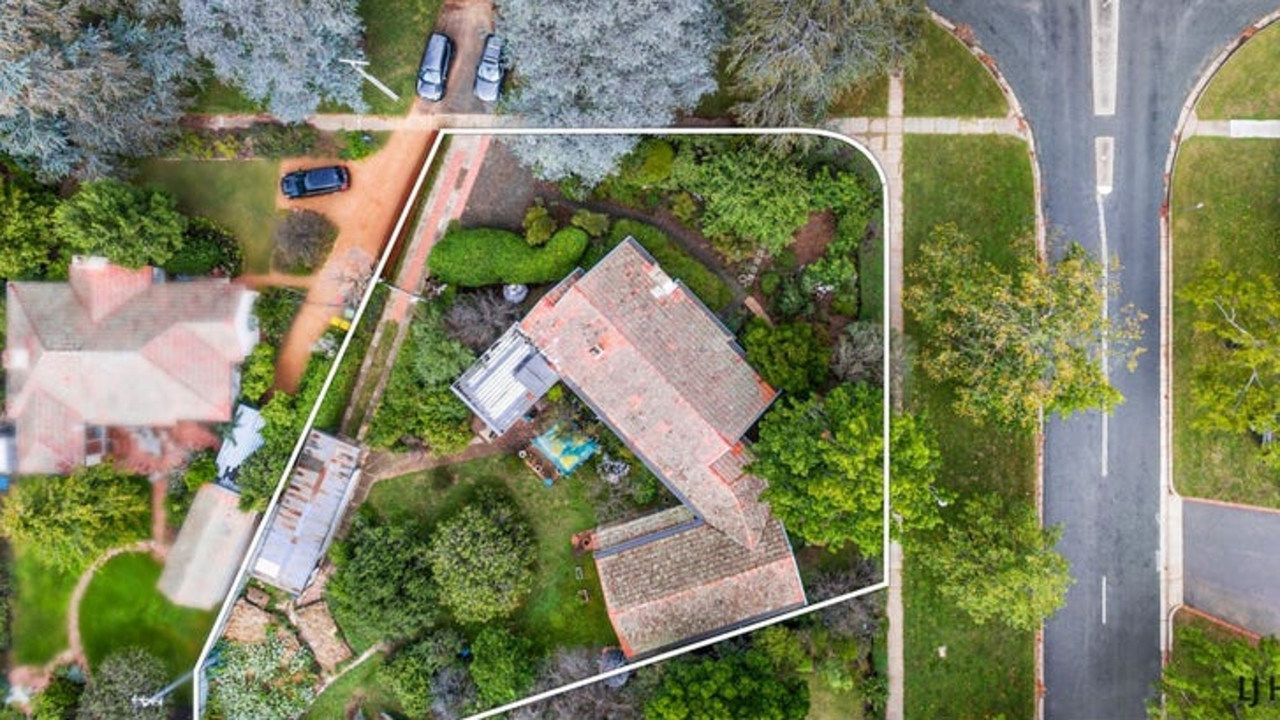
Another complicating factor is the build will be subject to heritage rules, despite the demolition.
“We are in uncharted territory and are trying to be as sympathetic as possible to the heritage and the idea is to have it blend in so well that the untrained eye would drive past and not know it’s a new house,” he said.
“But we bought a heritage home and we wanted to live in a house that was 95 years old, as it’s one of oldest houses in Canberra and there is something really cool about that, so to build a new house it’s bittersweet.”
For now Mr Papas is celebrating the birth of his three-week-old son, but the asbestos exposure is going to weigh heavily on his mind in the coming years as it generally takes around 30 years for the cancer to appear.
“I’m thinking I’ll be 60 or 70 and when I get to that age it will be in the back of my head and something I'll be worried about,” he said.






